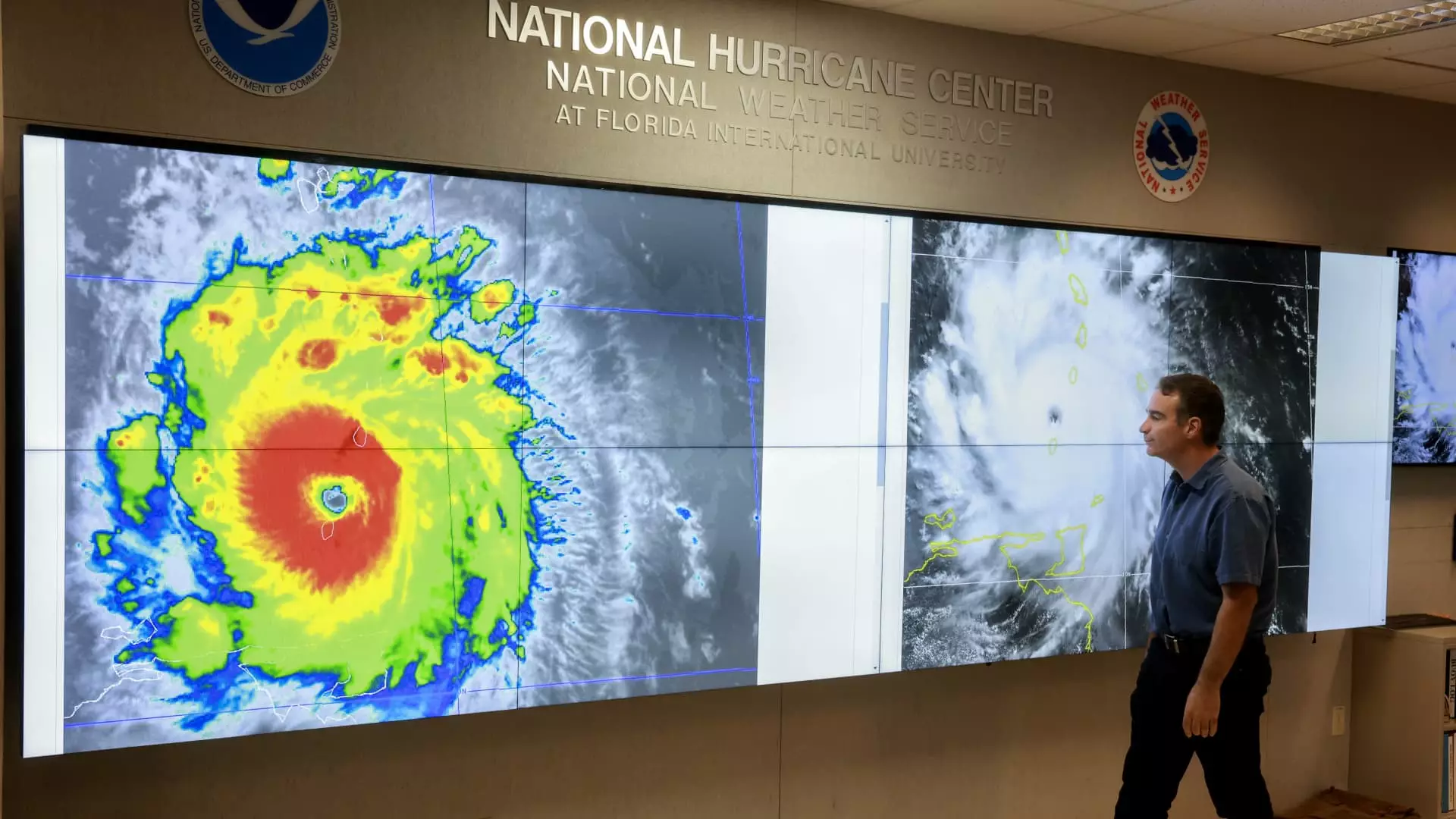As we peer into the unpredictable horizon of the 2025 hurricane season, it’s crucial to recognize the implications of a projected 60% chance of an above-average season. The National Oceanic and Atmospheric Administration (NOAA) forewarns us with predictions of 13 to 19 named storms, among which six to ten could escalate into full-blown hurricanes, making this not merely a weather issue but a dire reality for communities vulnerable to such disasters. This forecast is not just a string of meteorological stats; it encapsulates the essence of a reality marked by climate change and disastrous consequences, a reality that should instill urgency in both households and policymakers alike.
Budget Cuts: A Dangerous Gamble
In this precarious moment, we find ourselves wondering how budget cuts aimed at climate science will hamper our preparedness. Laura Grimm, acting administrator of NOAA, deftly avoided the sticky issue of funding cutbacks while attempting to project confidence in the organization’s readiness for this hurricane season. While it is commendable that NOAA remains “fully staffed” at their hurricane center, one cannot help but question whether this status quo can withstand the rainstorm of inadequate funding. It’s a dangerous gamble to rely solely on past technological advancements and improvements. Recent history has shown that we cannot predict nature reliably when financing for crucial research dries up.
This isn’t just a bureaucratic problem; it directly impacts human lives and community resilience. If NOAA’s predictions become a matter of political contention, innocent lives may be lost due to lapses in preparedness and lack of guidance stemming from reduced funding. We must demand that our government prioritize not merely defense against storms but invest in proactive measures that will protect citizens and property alike. Political priorities often reshuffle high-stakes issues, and climate science should not remain an afterthought.
Economic Fallout: A Compounding Crisis
The economic intricacies entwined with severe weather cannot be overstated. With the property casualty insurance industry experiencing losses exacerbated by natural disasters, we face a precarious truth: climate change is not just an environmental issue, it is fundamentally reshaping our economy. Reports indicate that 2024 alone racked up over $37 billion in insured losses, with the insurance sector performing surprisingly well despite the stormy backdrop. But this veneer of success is as thin as it appears; we are standing at a precipice where sustainability seems elusive.
Bill Clark, CEO of Demex, warns that the insurance landscape is becoming untenable, with reinsurance costs for severe weather at a 20-year high. There lies an existential threat to the affordability of homeowners’ insurance. If insurance becomes so prohibitively expensive that routine coverage becomes a luxury, only the financially privileged will endure while ordinary citizens find themselves at the mercy of nature without financial protection. We must confront the uncomfortable truth that increased property values in risk-prone areas enhance vulnerability rather than security.
Addressing Future Risks: Building Resilience
In stark contrast to the despair that looms, there is a potential pathway to mitigate these growing risks through resilience and preparedness. The strides taken since Hurricane Katrina should serve as a model for future action. Acknowledging that for every dollar spent on mitigation, an estimated $13 could be saved, as pointed out by Cynthia Lee Sheng, the president of Jefferson County Parish, inspires a sense of urgency, not apathy. We must redouble our efforts to fortify existing infrastructure, improve building codes, and invest in public works aimed at safeguarding lives in the face of imminent climate threats.
However, this requires a commitment from both local and state governments to prioritize infrastructure that can withstand not just natural disasters, but also the alterations in climate that we can no longer deny. A green, proactive approach to infrastructure development should empower communities to face disasters rather than merely endure them. Without such transformation, we risk an ongoing cycle of failure that could redefine how life operates in these regions for years to come.
As we stand on the brink of yet another potentially catastrophic hurricane season, we must approach the impending storms with a sense of urgency and accountability. The statistics highlight the challenges ahead, but they also illuminate opportunities for progress. Climate change is an issue that transcends political disagreements; it is about human survival, economic stability, and, ultimately, our legacy.

